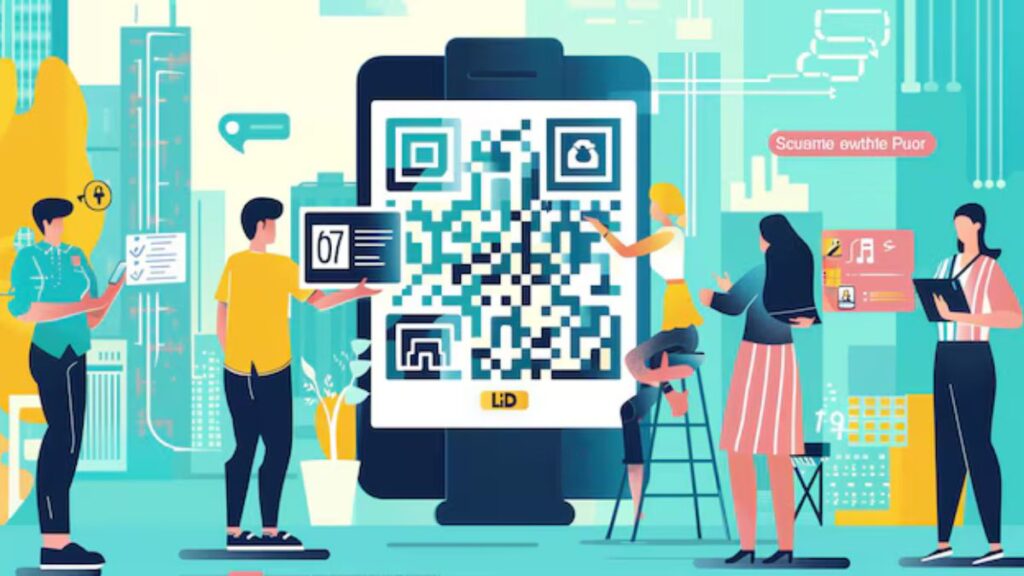Crossword puzzles have long been a favorite pastime for puzzle enthusiasts and casual solvers alike. They challenge our minds, expand our vocabulary, and offer a delightful escape from daily routines. But what if you could solve these brain teasers even faster? Enter text scanning technology—an innovative tool that’s changing the game for crossword lovers everywhere. This fascinating advancement not only enhances your solving experience but also opens up new possibilities in how we interact with puzzles. Ready to dive into this exciting world of tech that’s reshaping short crosswords? Let’s explore!
How it works for short crossword puzzles
Text scanning technology revolutionizes the way puzzle enthusiasts tackle short crossword puzzles. It begins with optical character recognition (OCR), which identifies characters from images or printed text.
Once you capture an image of a crossword, the software analyzes it. The OCR engine breaks down letters and words, converting them into digital format. This allows users to interact with the puzzle in new ways.
With advanced algorithms, these tools can even recognize patterns and suggest possible answers based on existing clues. They consider letter placements and common word pairings as they generate solutions.
Moreover, integration with online databases enriches this process. The technology can pull from vast repositories of knowledge to offer hints or verify potential answers, making solving more efficient than ever before.
Crossword lovers are now experiencing a unique blend of traditional puzzling with modern tech nudging them along their journey to completion.
Advantages of using text scanning technology
Text scanning technology offers remarkable advantages for crossword enthusiasts. It saves time by quickly deciphering clues and answers from printed materials. This efficiency allows solvers to focus on the fun part of puzzling instead of getting bogged down in tedious reading.
Accessibility is another significant benefit. Individuals with visual impairments can leverage text scanning apps to enjoy puzzles they might otherwise struggle with. These technologies convert printed text into spoken words, making crosswords inclusive for everyone.
Moreover, accuracy plays a vital role in enhancing the solving experience. Scanning minimizes human error when interpreting tricky clues or tiny print. The technology’s ability to identify patterns also aids users in recognizing themes, boosting their overall puzzle-solving skills seamlessly.
Many apps offer a collaborative aspect, connecting users who share solutions and tips instantly through integrated platforms. This sense of community enriches the journey for both novice and seasoned puzzlers alike.
Popular apps and tools for text scanning in crossword solving
Several apps have emerged as front-runners in text scanning technology, making crossword-solving a breeze. One standout is **Microsoft Lens**, which captures images of printed text and converts them into editable formats. It’s perfect for quickly snapping a crossword puzzle.
**Google Keep** is another great tool that allows users to save images and transcribe the text seamlessly. This makes it easy to jot down clues or answers on-the-go.
For dedicated puzzlers, **Crossword Solver Pro** integrates OCR (Optical Character Recognition) directly into its interface. Users simply take a photo of their crossword, and the app processes the information instantly.
Lastly, **CamScanner** offers robust functionality for digitizing documents while also providing smart cropping features to enhance overall accuracy in detection. Each of these tools brings unique benefits tailored for solving short crosswords efficiently.
Limitations and challenges of the technology
Text scanning technology offers exciting possibilities, but it isn’t without its flaws. One major challenge is accuracy. Misinterpretation of letters can lead to incorrect answers in crossword puzzles.
Lighting conditions also play a significant role. Poor lighting can hinder the device’s ability to read text clearly, resulting in frustrating errors for users.
Additionally, some specialized fonts or intricate layouts pose difficulties for current scanning software. This often means that not all crosswords are easily scannable.
Another limitation is dependency on technology itself. Users might find themselves reliant on apps and devices instead of honing their own puzzle-solving skills.
Privacy concerns arise when using certain apps that require camera access or cloud storage for data processing—issues many puzzle enthusiasts may hesitate to overlook.
Future advancements in text scanning for puzzles
The future of text scanning technology for puzzles looks promising. Innovations in artificial intelligence are set to enhance accuracy and speed in recognizing characters. As machine learning algorithms evolve, they’ll better understand context, making solving crosswords even more intuitive.
Augmented reality (AR) could transform how we interact with puzzles. Imagine using your smartphone camera to scan a newspaper crossword directly on the page. The app could provide hints based on your position or suggest related words while you solve.
Integration with voice recognition is another exciting direction. Users may soon be able to speak their clues aloud, allowing for hands-free puzzle-solving experiences.
Moreover, advancements in cloud computing will enable real-time updates from community-driven databases. This means instant access to vast collections of crossword solutions and trends tailored specifically to user preferences.
Conclusion: embracing tech in puzzle solving
Text scanning technology for short crossword puzzles represents a significant leap in how we approach these brain teasers. As technology continues to evolve, so does our relationship with traditional games. By integrating text scanning features into puzzle solving, users can enhance their experience and improve efficiency.
This innovative tech not only saves time but also opens up new avenues for learning and engagement. Whether you are a casual player or a devoted enthusiast, embracing this technology can make the journey through crosswords more enjoyable and accessible.
As we move forward, it’s exciting to think about what further advancements will bring to the world of puzzles. The combination of creativity and technology promises to enrich our experiences in ways that we have yet to fully explore. Embracing these tools means enhancing not just how we solve puzzles but also how we connect with them on a deeper level.



